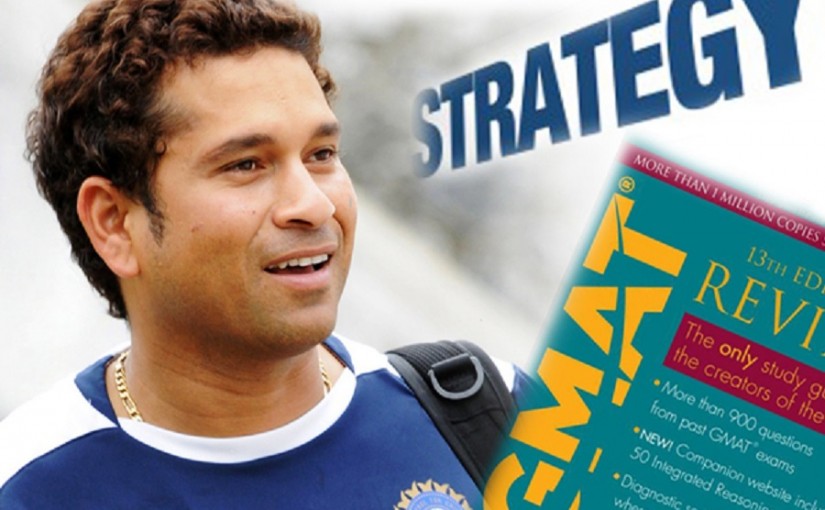An interesting anecdote that I read in Aamir Khan’s blog was about an incident with Sachin Tendulkar. This was when they were watching the finals of the first IPL. Since the Mumbai Indians had not qualified, Aamir was sitting next to Sachin. I reproduce in toto:
The match last night was certainly exciting but what made it a unique experience for me was that I had Sachin next to me. You will find this hard to believe but Sachin was able to predict every ball before it was bowled.
“He is going to bowl a bouncer next”,
“This one is going to be a slower one”,
“Full tilt outside the off stump”,
“Next one will be a yorker”,
“Short of length”.
It was uncanny.
HE GOT IT RIGHT EACH TIME!!! No wonder its so difficult to bowl to him. He has an amazing instinct. And he told me his logic for each prediction which I wont share with you as I don’t want to reveal how his mind works. But all of us were dumbfounded with his instinct and his acumen. So at the end of it I told him next time we watch a film together I’m going to tell him whats going to happen next!”
So you will ask what has this to do with GMAT? A simple answer – Both require a great sense of anticipation.
On the GMAT, one faces many situations where a sense of anticipation can be the deciding factor between a good and a great score. Or even a bad and a good score.
I will pick 3 situations on the GMAT where you will need to develop a sense of anticipation:
1. Choosing which questions to answer and which ones to let go.
Looking at a question if you can take a decision in about 30 seconds that it is not a question worth solving and that you should make an educated guess can go a long way in helping you manage your time well. On an average, even the people who score high on the test will end up guessing anywhere between 5-15 questions.
It is important to know which ones to guess and move on. And on which ones you should dig your feet in and spend that extra minute trying to solve them. Considering that against most fast bowlers Sachin has only 0.4 seconds to react – you certainly have a lot more time to recover!
2. In Sentence Correction, your ability to see patterns is important.
I think the biggest problem with non-native speakers is that we tend to go in with some kind of “algorithm” to solve based on the “theory” we have learned. This falls apart because the human brain learns by imitation and not by algorithm.
The moment you see a particular pattern or usage, you should try to relate it to something that you already know, question you have solved before – it is almost as if you can anticipate what could go wrong on that question.
For example spotting an “it”, “them”, “their” means there is a chance of pronoun error. Spotting an “and” means it could be an error in parallelism. Spotting a “is”, “was”, “were” could mean a subject-verb issue. Spotting a “greater”, “than”, “more” could mean an issue with comparisons.
So you need to essentially be able to look at an SC question and feel it in your bones what it is testing. (That you would still not be able to solve it is a different matter). To draw an analogy this is similar to Sachin glancing at the field placement before each ball – knowing where the “traps” are set is half the battle won.
3. In Reading Comprehension, the whole concept of “critical parsing”.
It is based on your ability to anticipate what the passage is going to say, and what kind of questions can be asked based on that.
For example the moment you read about how Theory X used to be the prevelant dogma in the 19th century, you quickly ask yourself “I’m sure they are going to say there is a new theory now” or “This is describing the theory or discussing the theory”. Remember that as with Sachin you need to do this thinking bit while keeping your eye on the ball i.e. reading the passage.
With all these tips in mind, go onto score your own century (read as 700+) on the GMAT!

